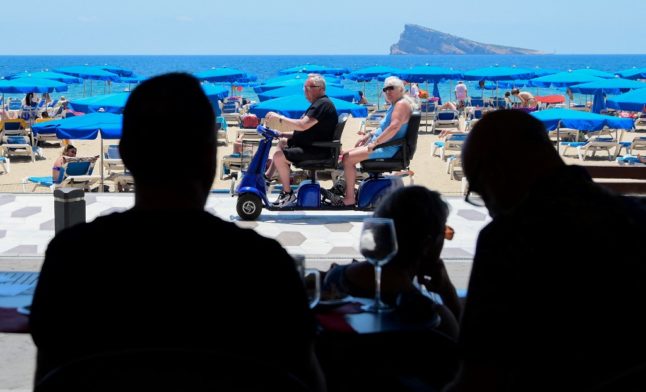There's no denying Rome's ruins, Venice's waterways and the tourist-filled towns of Cinque Terre will always provide good material for photographers, but what about places slightly more off the beaten track, to get a more unusual snapshot of Italy?
Here are ten of the most Instagram-worthy spots up and down the country
Burano
While you're in Venice, make time to stop off at its often overlooked neighbour, Burano. The houses are painted in bright colours reminiscent of a fairytale – originally this was to guide fishermen home at night, but it's now a local tradition.
Monte Isola, Lake Iseo
This little-known gem is becoming more and more popular with tourists, particularly since artist Christo's installation allowing visitors to walk on water.
Grotte di Frasassi
These caves in the Marche region look like something from another planet. Discovered in 1971, there are stalactites and stalagmites covering the floor and ceiling, and there are even two temples in the caves, one dating back to the 11th century.
Basilica di San Vitale, Ravenna
Ravenna in Emilia-Romagna is the mosaic capital of Italy, and the churches are truly spectacular. The Basilica di San Vitale, build in 526, is one of the most impressive.
Alberobello, Apulia
These beautiful buildings with conical roofs are 'trulli', and can be found in Apulia's Itria Valley. You'll spot them here and there across the whole area, but the town Alberobello has rows and rows of the huts, making for striking photos.
View from Florence's Duomo
Florence's cathedral itself is extremely photogenic, but we think the best views in the city are to be had from the very top. It's worth the long climb!
Cascate delle Marmore, Umbria
This is Europe's tallest man-made waterfall, created by the Ancient Romans, and it's around 8km from Terni, Umbria's capital. You can hike to the top of the hill and there are two observatories – one where you're guaranteed to get wet, and a more covered one for less intrepid visitors.
Monti, Rome
Tucked behind the main streets just a few minutes' walk from the Colosseum, the Monti district has charming squares and buildings and great local eateries, meaning it's perfect for people-watching and getting snaps of the “real” Rome.
Sella Pass, Dolomites
Whether you drive, hike or ski it – the Sella Pass must be one of the most beautiful in the Dolomite Mountains.
Modica, Sicily
Not only is Modica known as 'the city of chocolate', which is good enough reason to visit in itself, its also known as the 'city of 100 churches' – and all of them are stunning. A Unesco World Heritage site, the town has plenty of narrow alleys and staircases, with amazing architecture at every turn.



 Please whitelist us to continue reading.
Please whitelist us to continue reading.
Member comments